This two-book set is part of the official materials used in the Small World Initiative (SWI). Initiated at Yale University in 2012, SWI is an innovative program that inspires and retains students in the sciences by engaging them in the hunt to find new drugs to treat infectious diseases known as superbugs. 'Infectious disease threats, like the coronavirus and superbugs, undermine modern medicine,' according to SWI's President, Erika Kurt. 'Leveraging the collective efforts of thousands of students and educators around the world gives us a real chance to tackle these challenges head on and provides an incredible STEM education in the process.' As COVID-19 has demonstrated, a lack of preparedness can take a huge human, financial, and educational toll, making the Small World Initiative's work critical to our fight against the next pandemic. Differentiating itself from traditional science education programs, SWI's program provides original research opportunities rather than relying on cookbook experiments with predetermined results. Students are introduced to discovery-based research through the core research project of antibiotic discovery from soil microbes. Through a series of experiments, students collect soil samples, isolate diverse bacteria, test their bacteria against clinically-relevant microorganisms, and characterize those showing inhibitory activity. While most antibiotics come from soil and it remains a great place to look for new ones, finding new candidates requires screening thousands of samples. SWI's approach provides the requisite platform to crowdsource antibiotic discovery by tapping into the power of thousands of student researchers concurrently addressing a global challenge. This unique approach harnesses the power of active learning to achieve both educational and scientific goals. Since its inception, SWI has impacted hundreds of schools across the United States and around the world and helps them transform science education and promote antibiotic discovery through the curiosity and inventiveness of young scientists. 'SWI allows students to not just dream about using science to save lives, but to actually dig in and help save the world, starting at school,' says Kurt. 'The program is an example of how groundbreaking research can start in the classroom.' If you are interested in learning more about the Small World Initiative, please visit www smallworldinitiative org CONTENTS RESEARCH PROTOCOLS Lab Safety and Best Practices // Agarose Gel Electrophoresis // Aligning and Combining 16S rRNA Gene Sequences // Analyzing Organic Extracts for Antibiotic Production // Analyzing Sequences with BLAST Search // Antibiotic Resistance Test // Catalase Test // Colony Morphology // Colony PCR // Fermentation // Gram Stain // MacConkey Agar Test // Making Glycerol Stocks // Methanol Extraction // Obtaining Soil Sample // Picking and Patching Colonies // Plating Soil Sample // Screen for Isolate Antibiotic Production #1 Patch/Patch // Screen for Isolate Antibiotic Production Patch #2 Spread/Patch // Screen for Isolate Antibiotic Production Patch #3 Top Agar // Serial Dilutions // Silica Column Chromatography Protocol // Spread Plate // Streak Plate // Sulfide and Indole Production and Motility // Thin Layer Chromatography (TLC) // Typical Media Menu RESEARCH GUIDE Small World Initiative Overview // Introduction: The Antibiotic Crisis // 1: Living on a Bacterial Planet // 2: More Than Just Dirt // 3: Redefining Growth and Culture // 4: Bacteria Are What They Eat, Too // 5: Solid Versus Liquid Cultures // 6: Meet the ESKAPE Pathogens // 7: Antibiotic Discovery, Structure, & Targets // 8: Getting to Know Your Isolates // 9: It All Comes Down to Chemistry // 10: Resisting Antibiotics // 11: Classic versus Modern // 12: Bacteria in Context // Future Directions
Small World Initiative: Research Protocols and Research Guide to Microbial and Chemical Diversity Package (two-book set)
XanEdu Publishing Inc
MSRP:
Was:
Now:
$24.06 - $35.93
(You save
)
(No reviews yet)
Write a Review

Write a Review

XanEdu Publishing Inc
Small World Initiative: Research Protocols and Research Guide to Microbial and Chemical Diversity Package (two-book set)
- SKU:
- UPC:
- 9781506696997
- Maximum Purchase:
- 2 units
- Binding:
- Paperback
- Publication Date:
- 1/1/2015
- Author:
- Small World Initiative Inc
- Language:
- English: Published; English: Original Language; English
- Edition:
- Fourth
- Pages:
- 195
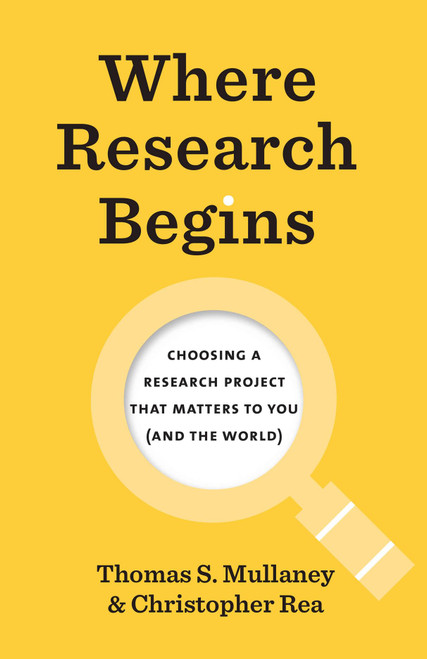
University of Chicago Press
Where Research Begins: Choosing a Research Project That Matters to You (and the World) (Chicago Guides to Writing, Editing, and Publishing)
MSRP:
Was:
Now:
$16.01 - $26.34
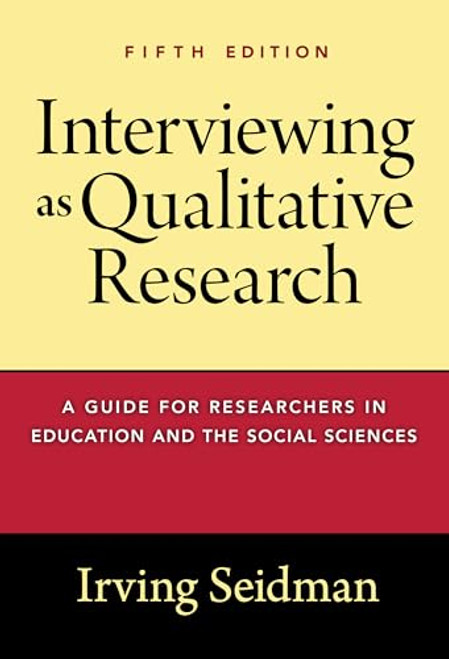
Teachers College Press
Interviewing as Qualitative Research: A Guide for Researchers in Education and the Social Sciences
MSRP:
Was:
Now:
$34.54 - $51.14
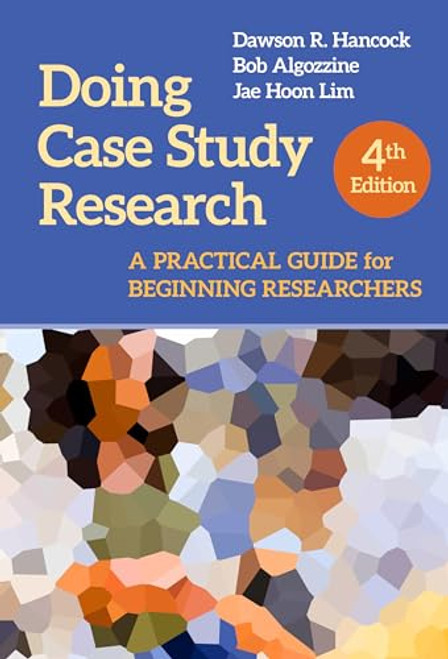
Doing Case Study Research: A Practical Guide for Beginning Researchers
MSRP:
Was:
Now:
$36.15 - $48.54
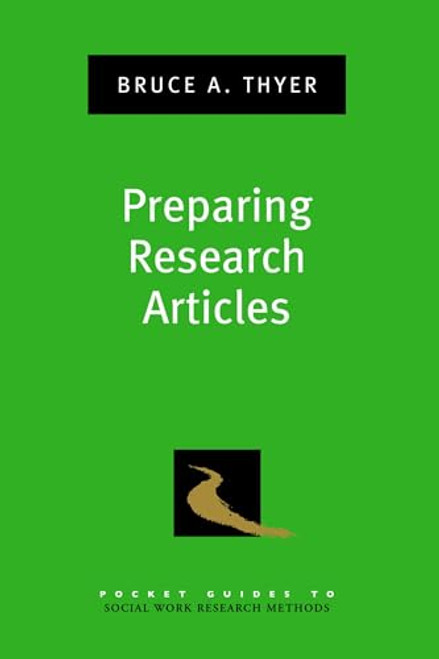
Oxford University Press
Preparing Research Articles (Pocket Guide to Social Work Research Methods)
MSRP:
Was:
Now:
$71.44 - $86.36
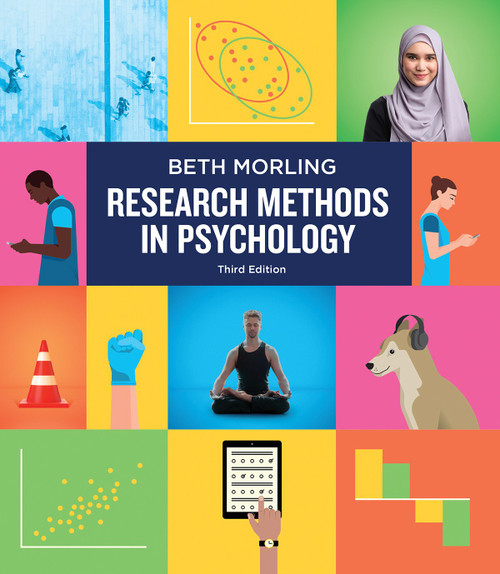
Research Methods in Psychology: Evaluating a World of Information
MSRP:
Was:
Now:
$14.48 - $157.29

Independently Published
The Comprehensive Guide To Clinical Research: A Practical Handbook For Gaining Insight Into The Clinical Research Industry
MSRP:
Was:
Now:
$36.15 - $45.99

SAGE Publications Ltd
The Essential Guide to Doing Your Research Project
MSRP:
Was:
Now:
$34.09 - $61.47

SAGE Publications Ltd
Research Methodology: A Step-by-Step Guide for Beginners
MSRP:
Was:
Now:
$24.63 - $113.11
!

